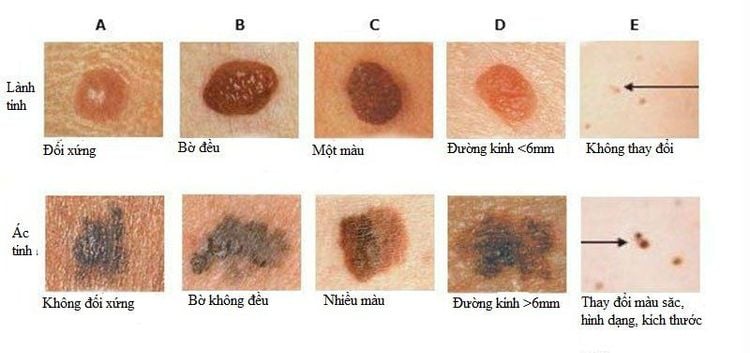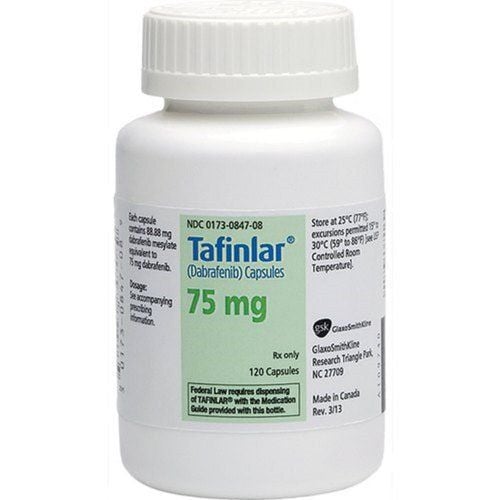This is an automatically translated article.
Tomato is a fruit rich in nutritional value and offers many health benefits. Besides, many people also use this fruit to beautify the skin by applying a mask, eating it directly. So what are the benefits of eating tomatoes?
1. What are the benefits of eating tomatoes for the skin?
Tomatoes have many health benefits because they contain antioxidants and vitamin C that help strengthen the immune system. In addition, tomatoes are also a source of nutrients such as potassium, vitamin A, vitamin B, magnesium. However, in fact, few people know, tomatoes can be beneficial for various skin problems. Here are some benefits of tomatoes for the skin:
1.1. Prevent skin cancer
Sun exposure is one of the risk factors for non-melanoma skin cancers such as basal cell carcinoma and squamous cell carcinoma. Tomatoes contain lycopene, a carotenoid that gives tomatoes their red color. According to researchers, lycopene has powerful anti-cancer effects. According to a mouse study, healthy, hairless mice were fed red tomato paste for 35 weeks. Then expose them to UVB light three times a week. The control group ate the same diet, but was not exposed to light. The results found that the rats that ate tomatoes had a lower risk of cancer. This suggests that tomatoes can also prevent the development of skin cancer in humans.

Cà chua có vai trò ngăn ngừa bệnh ung thư da
1.2. Reduce the risk of sunburn
Tomatoes cannot replace sunscreen, but lycopene in tomatoes can have a protective effect on the skin. Therefore, eating tomatoes helps protect against erythema or sunburn caused by UV rays. A study from 2006 found that after 10 to 12 weeks of eating lycopene from tomatoes demonstrated a decrease in sensitivity to UV radiation. However, it's still unclear if you can get the same benefits when you apply tomatoes directly to your skin. Although tomatoes can reduce your risk of sun damage, you should still use a sunscreen with an SPF of 30 or higher to protect against sunburn and skin cancer.
1.3. Healing
According to the United States Department of Agriculture nutrition database, 1 cup of tomatoes contains about 30 grams of vitamin C. Vitamin C is commonly found in skin care products. It promotes the growth of new connective tissue, helps repair and speeds up the healing process. Researchers are studying more whether applying tomato juice to the skin offers the same benefits?
1.4. May soothe skin inflammation
Some compounds in tomatoes have anti-inflammatory effects such as: lycopene, beta carotene, lutein, vitamin E, vitamin C. When applied to the skin, these compounds can help relieve pain caused by skin irritation or sunburn.

Cà chua sẽ giúp giảm tình trạng kích ứng da
1.5. Stimulates collagen production
As mentioned, tomatoes are an excellent source of vitamin C. Besides boosting the immune system, vitamin C can help stimulate collagen production. In addition, vitamin C in tomatoes can help improve skin elasticity, making skin firmer.
1.6. Remove dead skin cells
When exfoliating and removing dead skin cells will help improve the health and appearance of the skin. Some studies suggest that enzymes in tomatoes can provide exfoliating benefits when applied to the skin. To make a tomato scrub, you can combine sugar and tomato puree. Then, apply the scrub on your body, but avoid your face.
1.7. Anti aging skin
B vitamins are essential for skin health. In tomatoes, there are vitamins: B-1, B-3, B-5, B-6, B-9. These vitamins have anti-aging properties, reducing age spots, wrinkles. In addition, B vitamins also contribute to cell repair, helping to reduce hyperpigmentation and sun damage.
Eating tomatoes can help the body get more of these vitamins. However, whether or not topical application of tomatoes can provide the same benefits needs to be studied further.

Thành phần trong cà chua giúp chống lão hóa da
1.8. Fights cell damage
Free radicals can damage cells, increasing the risk of wrinkles and other signs of aging. Tomatoes contain antioxidants like lycopene and vitamin C. Eating tomatoes can provide the body with these antioxidants and fight free radicals.
1.9. Skin moisturizing
Untreated dry skin can lead to itching, cracking and flaking. Different lotions and creams can treat dry skin. Besides, applying tomato juice on dry skin will also help provide moisture to the skin. In addition, reduced potassium levels can cause dry skin in people with atopic dermatitis. Luckily, tomatoes are an excellent source of potassium. Therefore, people with dry skin can add tomatoes to their daily dishes.

Cà chua có tác dụng cấp ẩm cho da khô
2. Side effects of using tomatoes for skin
Tomatoes and tomato juice have a lot of benefits for health in general and skin in particular. However, we may still encounter some risks when using this product. In addition to vitamins and minerals, tomatoes are naturally acidic. If you are sensitive to natural acids or are allergic to tomatoes, using them will cause some reactions such as: rash, itching, redness and other irritation. Therefore, before applying tomato or tomato juice to a large area of the body, apply a small amount of the juice to an area of the skin and watch for a reaction.
3. How to use tomatoes for skin
3.1 Tomato juicer
You can use 100% tomato juice. Then, dip a cotton swab in the juice and apply it to your skin. Finally rinse with warm water. Alternatively, you can also mix a whole tomato into a paste and apply the mixture on your skin, wash it off after 20 minutes.

Nước ép cà chua là một sản phẩm chăm sóc da tự nhiên
3.2. Local treatment
Instead of applying tomato juice to a large area of your body, you can use it as a spot treatment. That is, apply the juice only to the areas that need to be treated.
3.3. Tomato mask
Combine tomato juice with oatmeal or yogurt to form a mask, apply the mask on your face. Wash off with warm water after 20 minutes.Tomatoes have a lot of good uses for health and for the skin. You can combine both eating and using tomatoes directly on your face. However, the first time you use it, you should use a moderate amount to check for allergies, then you can gradually increase it as needed.
Please dial HOTLINE for more information or register for an appointment HERE. Download MyVinmec app to make appointments faster and to manage your bookings easily.
References: healthline.com, medicalnewstoday.com













